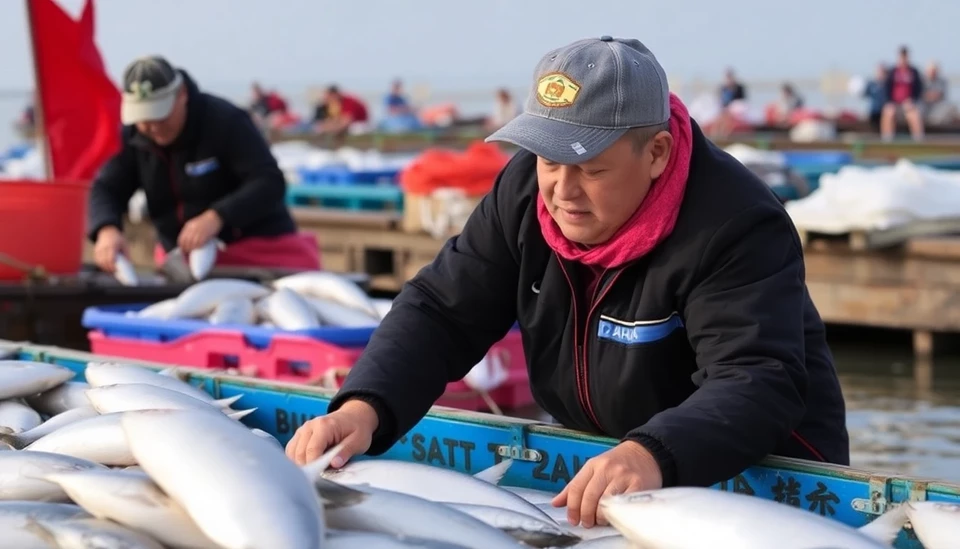
In a developing story impacting the aquaculture industry, Chinese fish farmers are grappling with surging food costs attributed to recent tariffs levied by Canada on certain seafood products. The Canada Border Services Agency has implemented increased tariffs aimed at countering what it describes as unfair trade practices, significantly affecting the supply chain and the operational costs for fish farming in China. This unexpected turn of events is reshaping the landscape for fish farmers, forcing them to navigate higher expenses and reconsider their business strategies.
The tariffs, which were enacted after investigations concluded that Canadian imports of seafood were being sold at unfair prices, have reverberated through the market. China's fish farmers, heavily reliant on imported feed ingredients from Canada, are witnessing a direct surge in prices as a result. The situation has been exacerbated by the fact that many domestic feed suppliers cannot meet the growing demand for fish feed, leading to a dependency on imports despite the tariffs.
Many fish farmers across China are reporting a dramatic spike in operational expenses. For instance, the costs for soy meal and fishmeal — essential components for fish feed — have increased significantly. Farmers are facing tough decisions as they balance the need to maintain healthy fish stocks while managing the rising costs of feed. Some are considering passing these costs onto consumers, which could lead to higher prices in local fish markets and affect overall consumer behavior.
While the Chinese government has been closely monitoring the situation, farmers are calling for immediate support measures. They are urging for subsidies or financial assistance to offset the impact of the tariffs, as ongoing price hikes threaten their livelihoods and the broader fish supply chain within the country. The fear is that if the situation remains unaddressed, it could lead to a slowdown in fish production, impacting not just farmers but also consumers who rely on affordable seafood options.
This recent development comes at a particularly challenging time for the aquaculture industry, which has already been dealing with various pressures, including a fluctuating market demand and the complications of climate change. As fish farmers look for ways to adapt to the new economic landscape, the implications of these tariffs will likely serve as a catalyst for significant changes within the industry.
Experts predict that unless there is a resolution to the tariff conflict or an alternative supply chain solution is found, the repercussions will be felt not only in China but also in global markets for seafood, impacting prices and availability worldwide. As the situation develops, stakeholders at every level of the fishing industry are urged to stay informed and engaged in discussions around fair trade practices and potential policy solutions to support sustainable economic growth in aquaculture.
In conclusion, China’s fish farmers find themselves at a critical crossroads shaped by changing international trade dynamics. The increasing costs associated with feed due to Canadian tariffs will challenge their profitability and could ultimately affect the consumers who enjoy seafood products sourced from China.
#AquaCulture #ChinaFishFarming #SeafoodTariffs #TradePolicy #CanadianTariffs #FoodCosts #AquacultureIndustry
Author: John Harris
